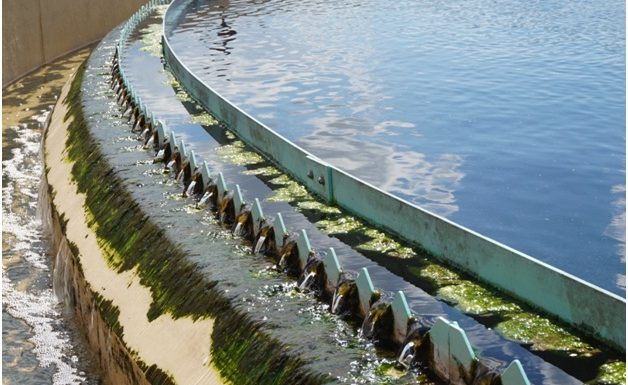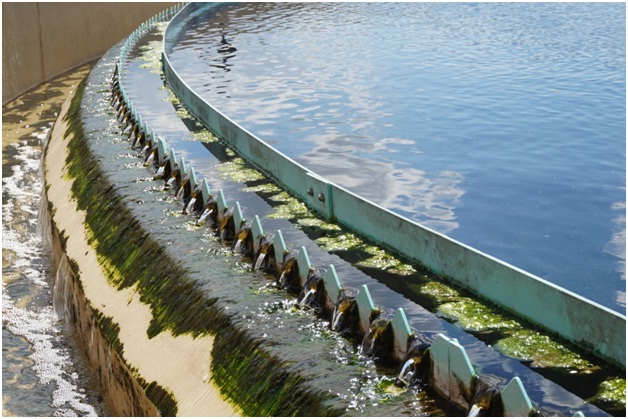
The Pulp & paper industry is one of the heaviest users of water. In the manufacturing processes, water is used in almost every step and Pulp & Paper (P&P) mills produce large volumes of wastewater and residual sludge waste. This results in number of issues in relation to wastewater treatment, sludge disposal, release. However, increasingly advanced treatment technologies that include ground-breaking strategies geared towards water reuse and resource recovery, present possible solutions for P&P manufacturers in terms of wastewater and solid waste management.

Wastewater Treatment
Wastewater Treatment is a process, used to convert wastewater into reusable water that can be either returned to the water cycle with minimal environmental issues or reused. Contaminants that include solids, absorbable organic halides (AOX), sediments, chlorinated organic compounds, and chemical oxygen demand (COD) and biological oxygen demand (BOD) contaminants will be purified as part of wastewater treatment.
Industry experts say that approximately 85% of the water used in the Pulp and Paper industry is used as process water, resulting in relatively large quantities of contaminated water and enhancing the use of onsite wastewater treatment solutions.
Treatment of this process includes primary treatment to remove solids and particulate matter. Removing biodegradable organic matter for secondary biological treatment processes and decreasing the sewage toxicity.
Additionally, tertiary treatment technologies such as UV disinfection, membrane filtration, ion exchange, and granular activated carbon can also be used to treat effluent water to higher qualities.
Water Reuse:
Emerging water shortage and heightened awareness associated with water conservation are making industrial manufacturers to explore water recycling within facilities. This helps to reduce wastewater sewage volumes. Recycling water is good propositions for industries that use large volumes of water or have highly polluted waste streams and are subject to growing charges for disposal.
Condensate flows can also be recycled in the pulping and recovering areas. On the other hand, P& P mills are deploying heat recovery projects that extract heat from condensate streams to pre-heat process chemicals. These chemicals are then used for the bleaching process.
Reuse opportunities and water recovery are on the flattening side of the industry. They include specially considered evaporative thermal processes that compact with black liquor waste. Industries can also implement condensate isolation procedures that work by evaporating water out of intense black liquor from the pulping cycle. It allows for clean water recovery and highest reuse in the plant.
On the Horizon
Using newer instrumentation technologies that are available in the market could have positive results for Pulp & paper mills in terms of wastewater treatment.
Sensor-based instruments or technologies that measure the amount of explosive fatty acids in the wastewater can help optimize the treatment processes for gaining more efficiency. Instrumentation could also be effective if it is used towards streamlining chemical additions in the manufacturing processes. This would ultimately help the industry by simplifying the wastewater stream, making it easier to treat.
